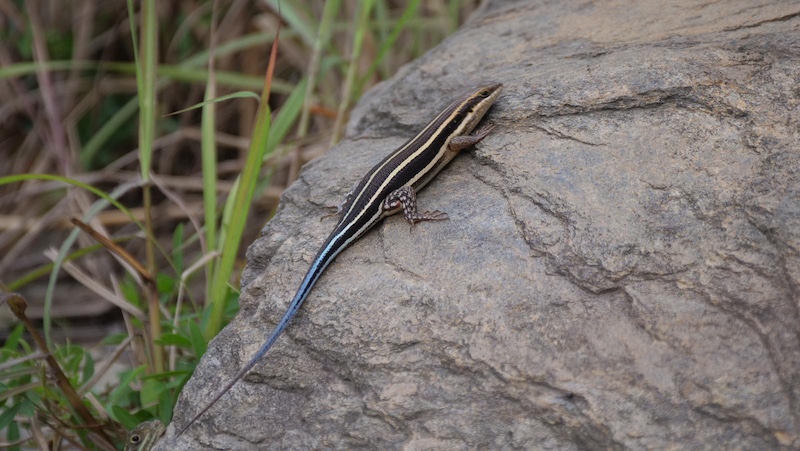Tail loss might seem like a disaster for most animals, but for many reptiles, it’s actually a survival strategy. Known as autotomy, this defense mechanism allows certain reptiles to shed their tails when threatened—and in many cases, grow them back. Here are 10 fascinating reptiles that can regrow their tails.
Green Anole
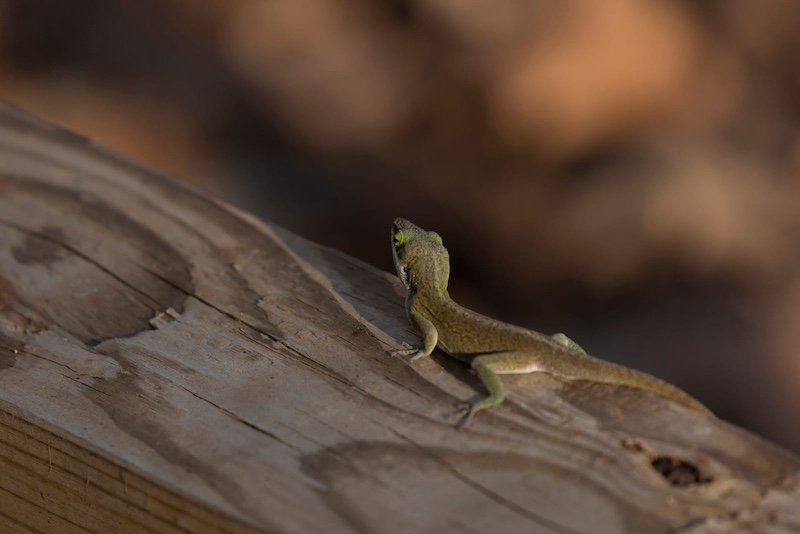
This small, bright green lizard is often spotted in the southeastern U.S. When grabbed by a predator, it can drop its tail and make a quick getaway. The regenerated tail is usually duller and made of cartilage, but it serves its purpose.
Leopard Gecko
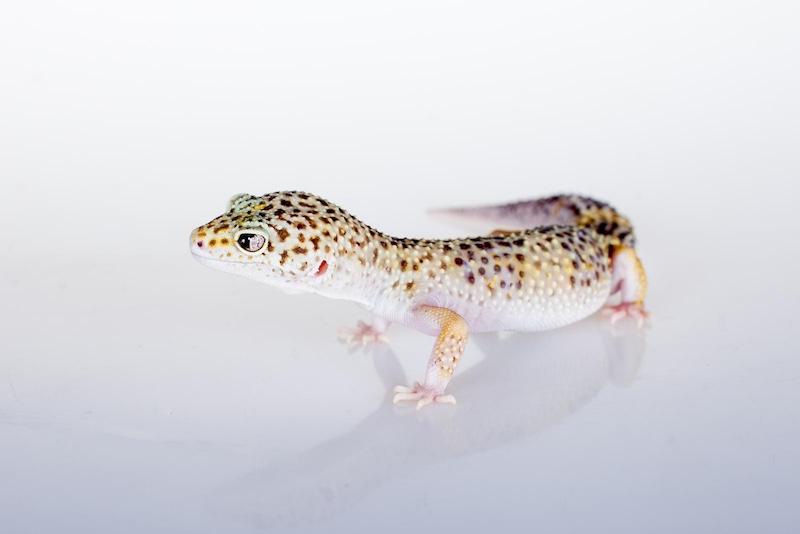
Leopard geckos are popular pets—and for good reason. They’re hardy, easy to care for, and come with the impressive ability to regrow their tails. These lizards store fat in their tails, so while it’s a useful survival tactic, dropping their tail can be costly.
Crested Gecko
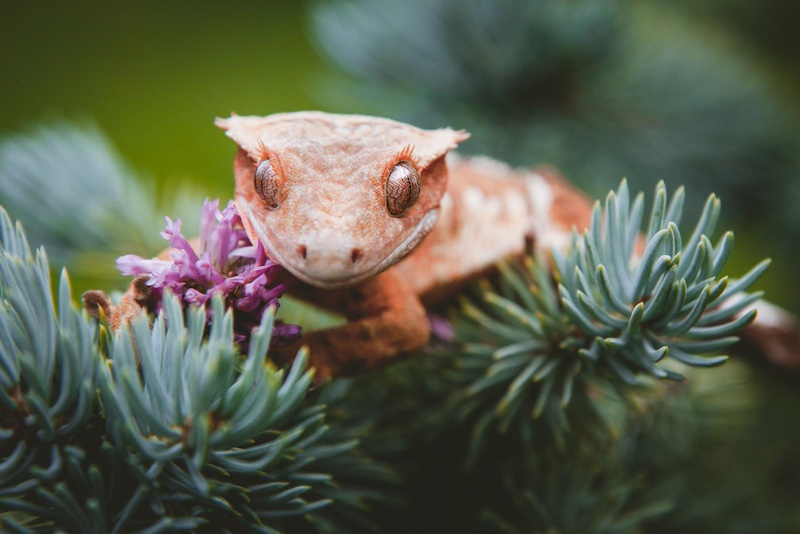
Once thought extinct, crested geckos made a comeback and became a favorite among reptile enthusiasts. Interestingly, while they can lose their tails, they don’t grow them back in the traditional sense. Instead, they adapt to life without it, showcasing a different kind of resilience.
Tokay Gecko
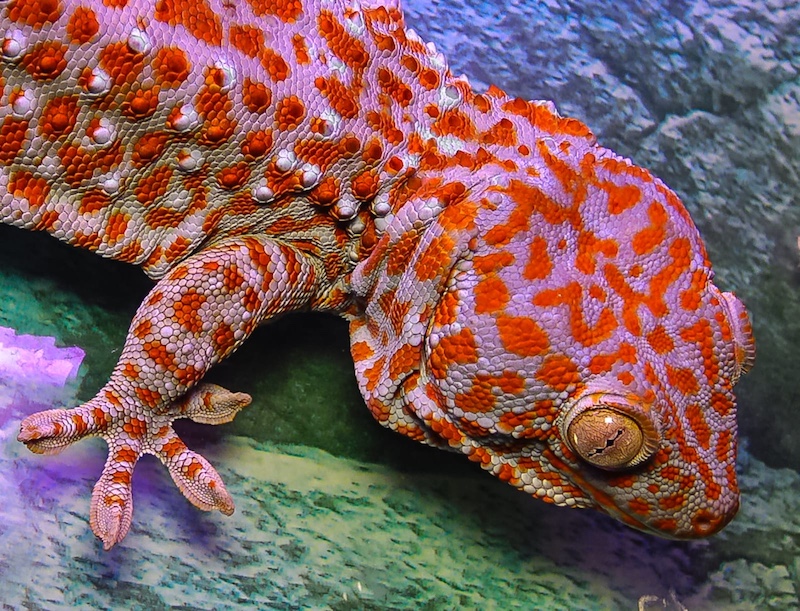
Known for their loud calls and bold colors, tokay geckos are another species that can shed and regrow their tails. Their ability helps them survive in the wild, where predators are always lurking. The detached tail continues to wriggle and distract the predator, giving the gecko a critical moment to escape.
Five-Lined Skink
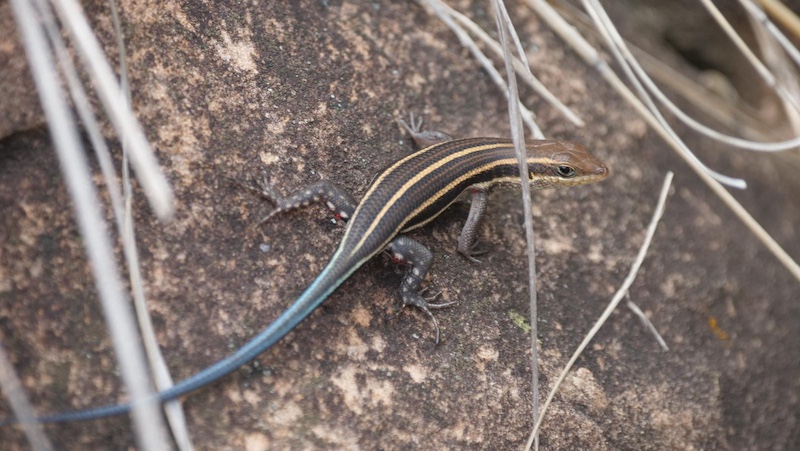
This striped beauty is found throughout North America. Juveniles have bright blue tails, which distract predators away from their bodies. If the tail is grabbed, it breaks off and continues wriggling, allowing the skink to escape.
Mediterranean House Gecko
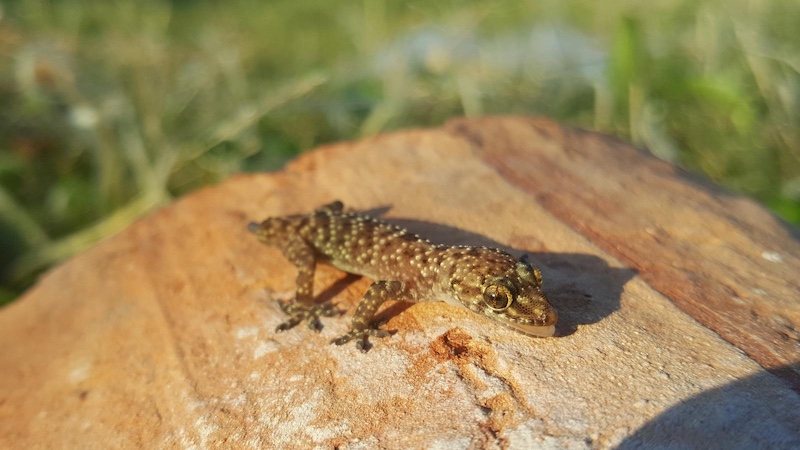
These geckos are common in warm climates and urban areas. Like many of their relatives, they can drop their tails when threatened. The tail keeps twitching after it’s detached, distracting predators long enough for the gecko to find cover.
Common Wall Lizard
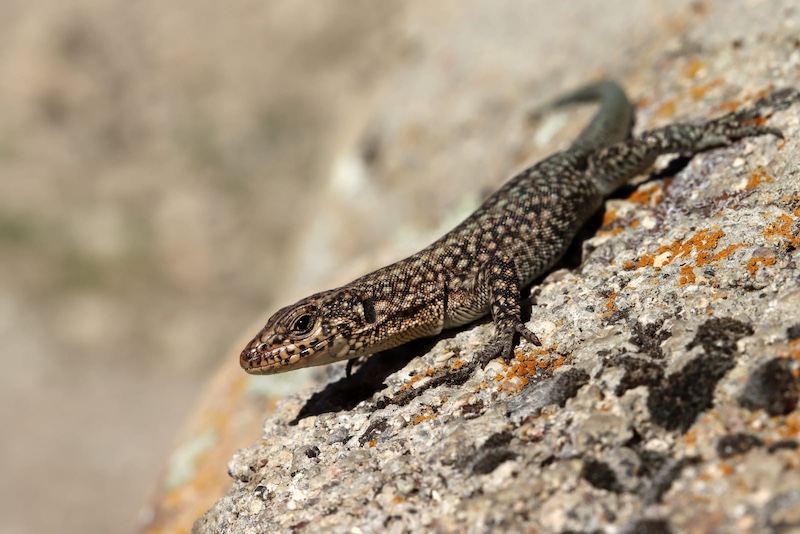
Native to Europe, the common wall lizard is a master of evasion. Its tail regeneration ability helps it survive in areas with lots of birds and mammals looking for a quick snack. The new tail, while not identical to the original, still provides balance and agility for climbing and dashing away from threats.
Brown Anole
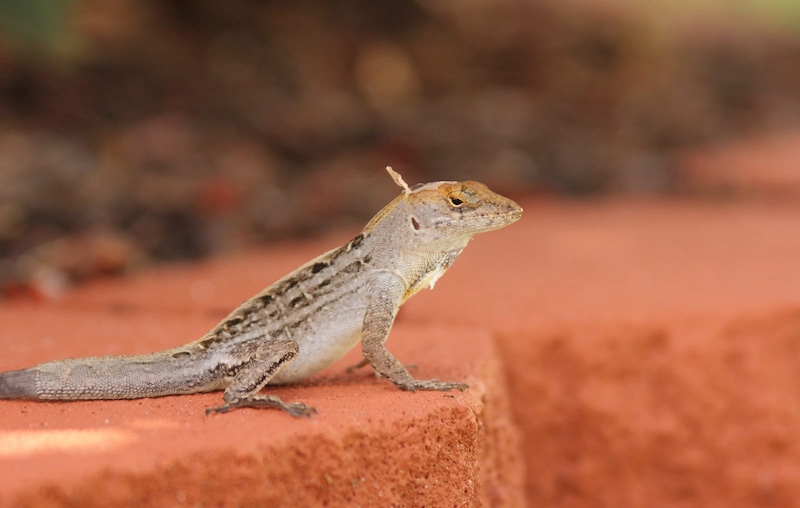
Often seen in Florida, the brown anole is an invasive species that has adapted well to urban life. Its tail regeneration ability gives it an edge in predator-rich environments. This quick recovery helps maintain their agility and dominance over native lizard species.
Eastern Fence Lizard
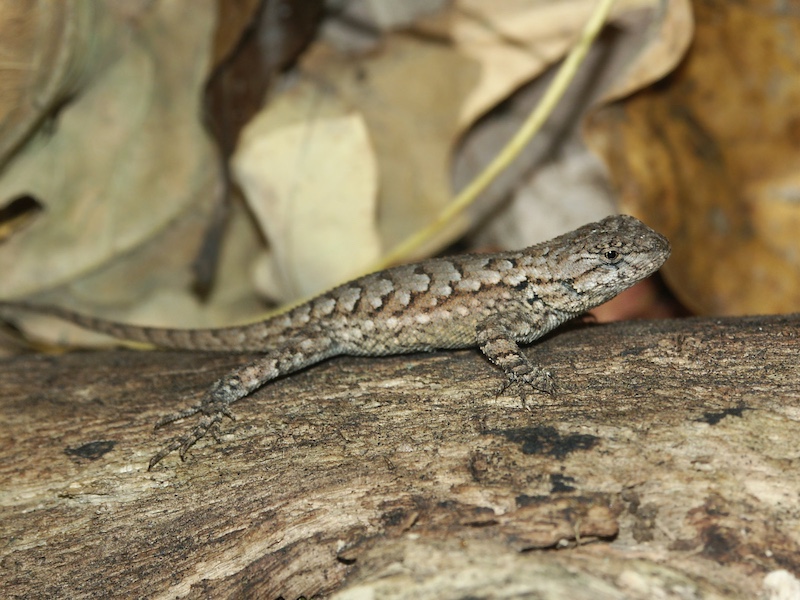
Found in wooded areas and open fields across the eastern U.S., this spiny lizard can shed its tail if grabbed by a predator. The regrown tail looks different, but it functions well enough for balance and movement.
Argentine Black and White Tegu
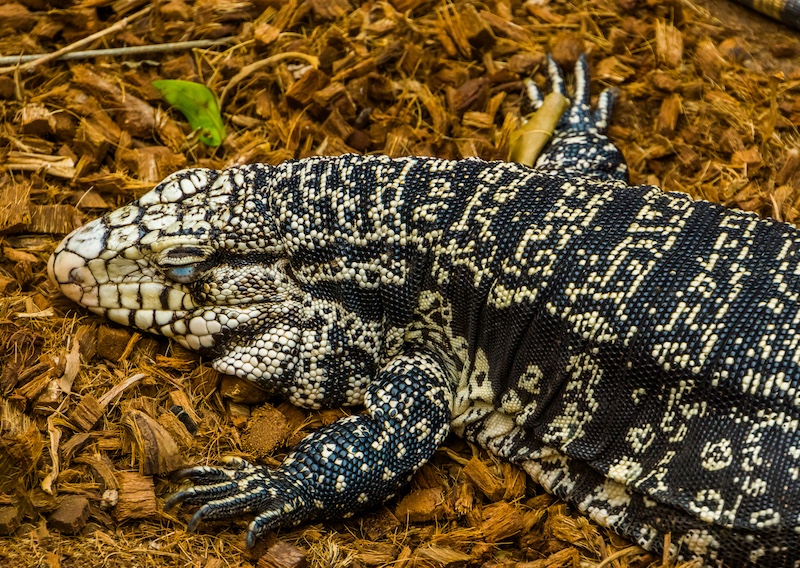
These large, intelligent lizards are known for their dog-like personalities. Though not all large lizards can regenerate tails, tegus retain this juvenile trait into adulthood, making them stand out. Their ability to regrow a tail adds to their appeal as exotic pets and highlights their unique biology among larger reptile species.
Please Note: This content was created with the assistance of AI and thoroughly edited by a human before publishing.

